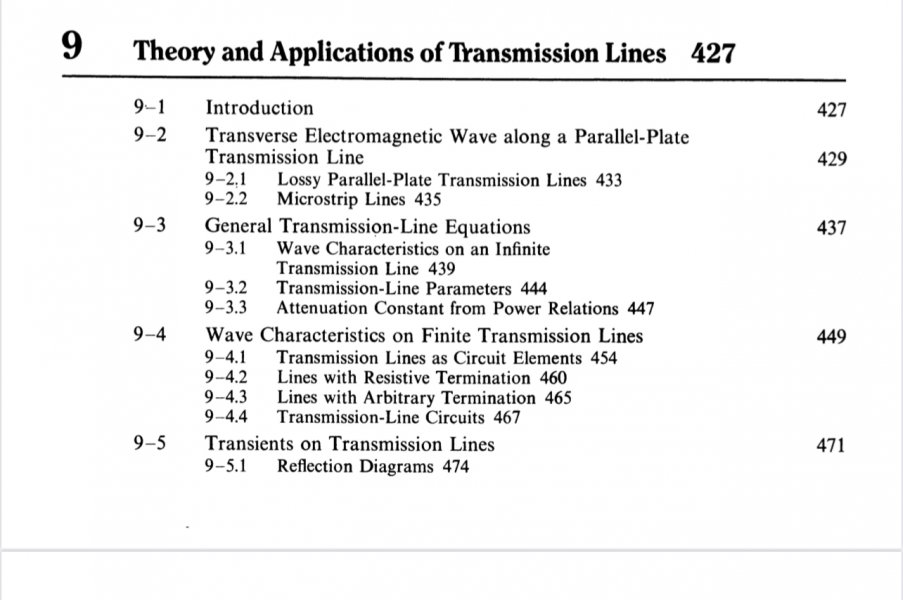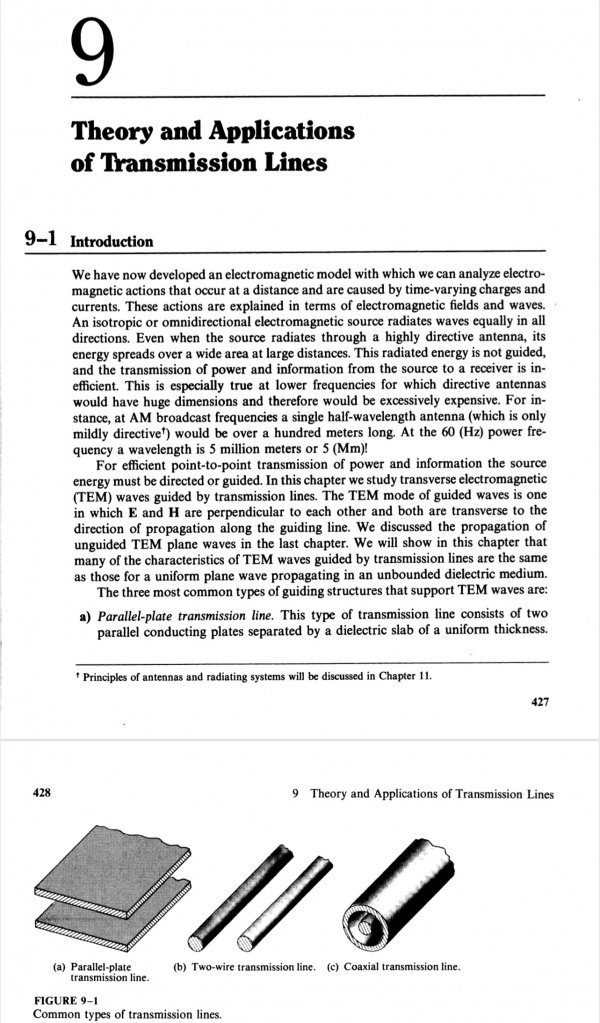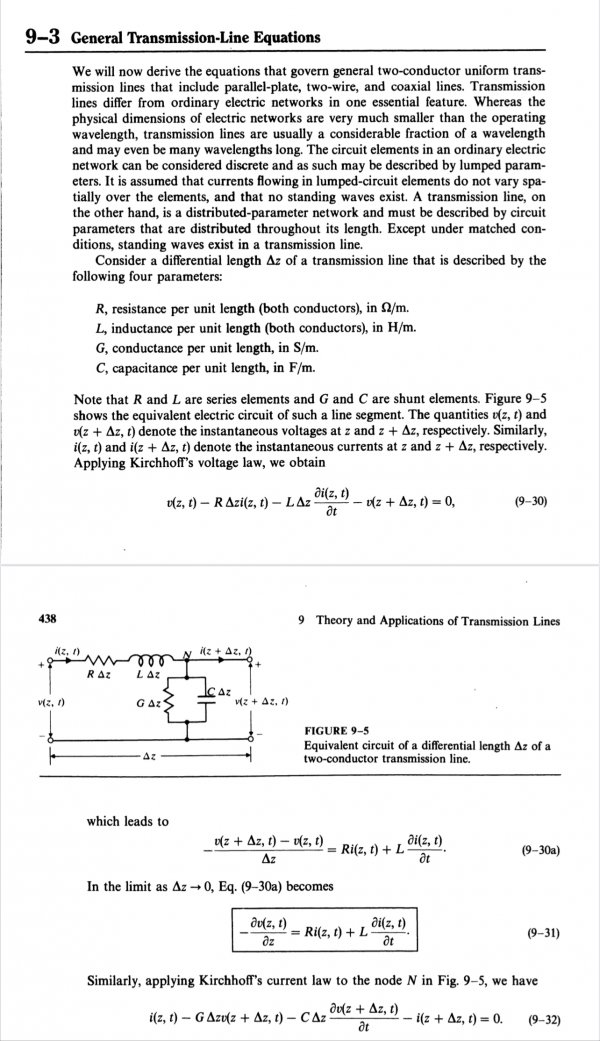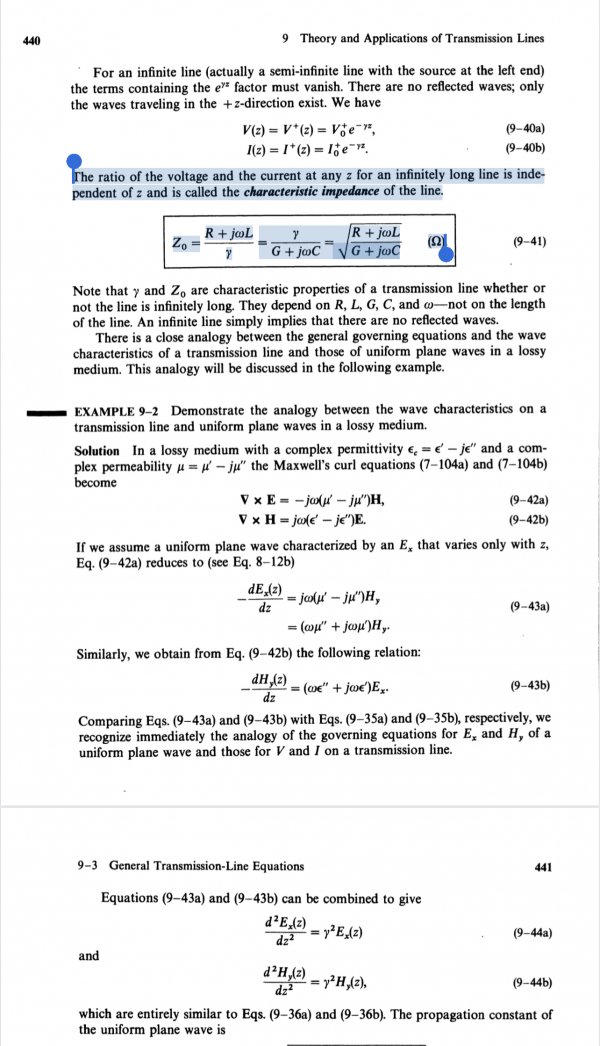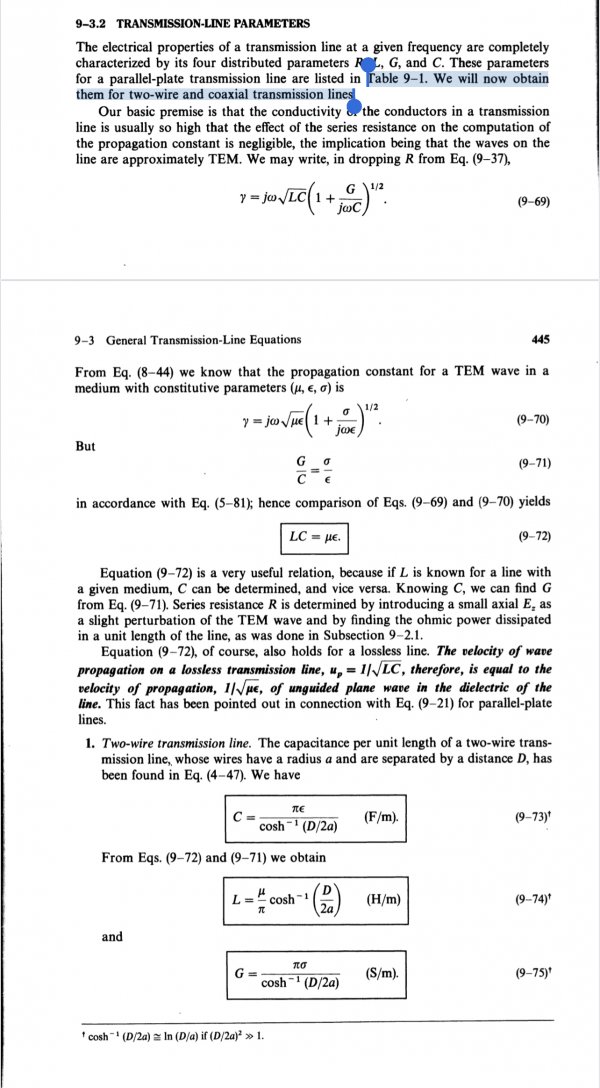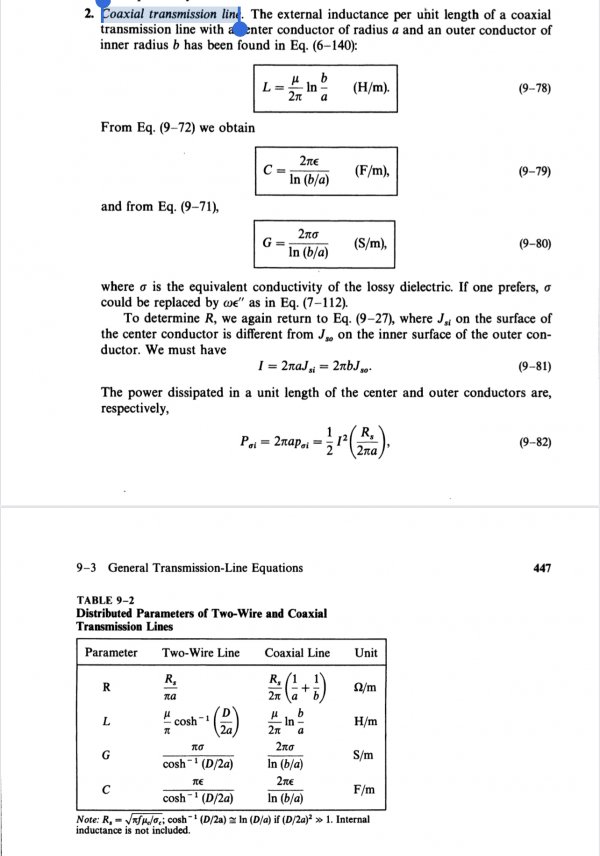yes sure,Can we know what is exactly meant by this confusing sentence?
in analog sound signal transfer the speed of signal is not high as you know the frequency bandwidths of sound signal is less than 20khz so the speed of signal is so far less than the speed of light and this means there is no signal phase shift (time delay) across the Interconnect so the signal does not act like wave. in digital signal transfer the square wave of digital signal has more than 1Mhz bandwidths so the signal acts as wave .
for right wave signal transfer you need to 100% fix the impedance of line across the interconnect. this problem can not solve by handmade cables in this market and needs a precision machine for producing digital cable.
most audio companies produce handmade digital cables and their impedance is not constant across the line but the Acrolink impedance is 100% accurate.
in electronics when the frequency goes up then all circuits does not act like simple electronics model and even an interconnect act like a waveguide.
if you look at the BNC vs RCA connectors at the end of digital cables you will see the impedance of BNC is correct (75ohm) and the impedance of RCA is not match to 75ohm coaxial cable, it means even an small connector can change the lmpedance.










